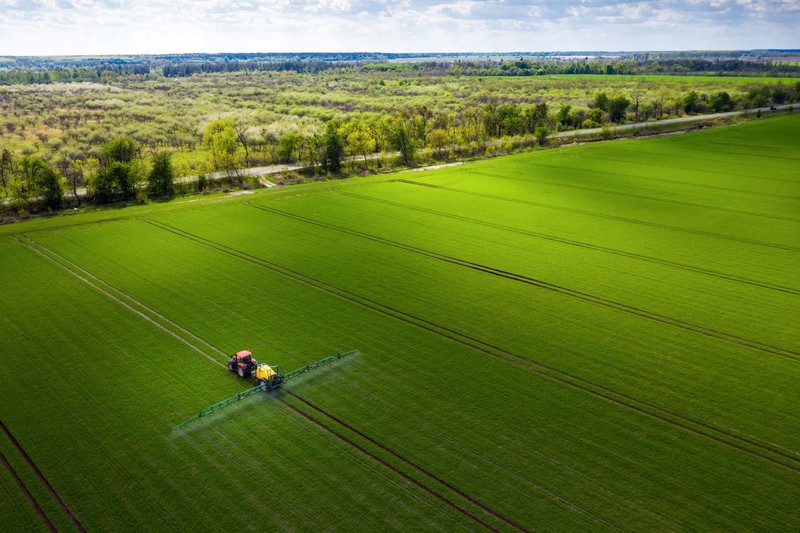RDP, half a billion disbursed in third quarter
Public spending on RDPs (Rural Development Programmes) continues to progress. In the third quarter of the year – says a report by the National Rural Network, the structure that accompanies and supports the implementation of RDPs in Italy - the regional administrations, which are entrusted with the management of the Programmes, have disbursed a total of € 482 million, half of which are in the European Agricultural Fund for Rural Development (EAFRD). With the funds allocated between July and August, the total public expenditure incurred by the Regions in the framework of the Programmes for the period 2014-2022 reaches 13.5 billion euro (the ERDF part amounts to 6.7 billion euro) with a progress of 48.5%. This means that so far less than half of the funds foreseen in the RDPs have been committed. The overall endowment of the Programmes, 28 billion considering the public co-financing (the European share is 14 billion), includes both the funds foreseen in the framework of the CAP 2014-2020 and the resources foreseen for the two-year transitional period 2021-2022 (about 8 billion, four of which EAFRD), made necessary by the protracted EU negotiations on the new Common Agricultural Policy. As of today - reads the report of the National Rural Network - the measures that at the national level present the highest percentages of progress are those related to the acquisition of skills (88%), early retirement (79%) and temporary support COVID-19 (78%). In contrast, the lines that most directly concern investments in agricultural machinery, namely measures M4 (37% progress) and M6 (39% progress), are clearly lagging behind. Significant differences also emerge at a territorial level in the implementation of RDPs. Indeed, while Emilia Romagna, Veneto, Valle d'Aosta and the Province of Bolzano with progress rates above 55%, Marche, Puglia and Molise are among the administrations with rates below 40%, well below the national average.








